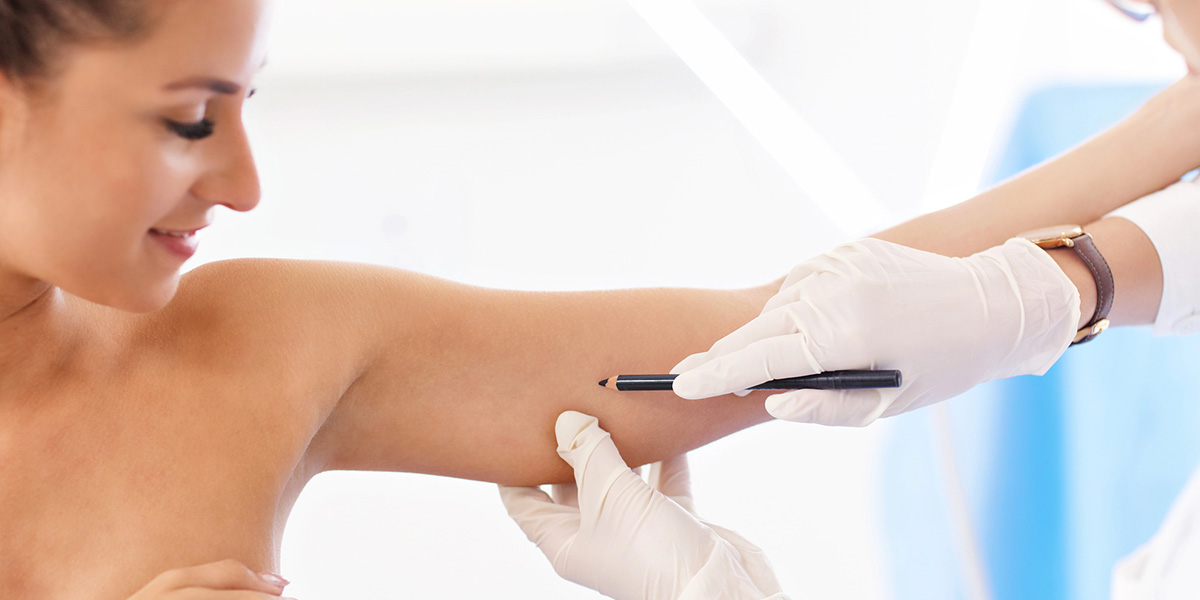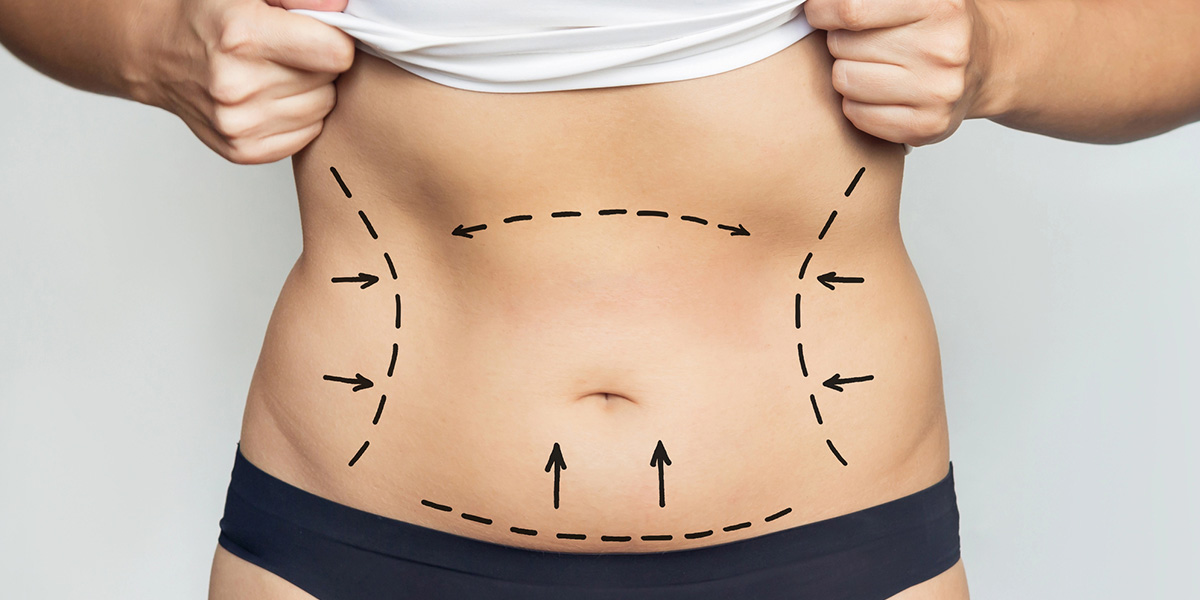Should I have breast reconstruction after mastectomy? Deciding whether to undergo breast reconstruction after a mastectomy involves careful consideration of multiple personal and medical factors. This decision can profoundly impact both your physical appearance and emotional recovery from breast cancer.
Understanding Breast Reconstruction
Breast reconstruction aims to restore the breast’s appearance after mastectomy, which is the surgical removal of all or part of a breast, typically due to cancer. The procedure can either be performed immediately during the mastectomy or delayed until after recovery from the mastectomy and any other cancer treatments.
Immediate vs. Delayed Reconstruction
Choosing between immediate and delayed breast reconstruction is a significant decision. Immediate reconstruction may help lessen the emotional impact of losing one’s breasts and reduce the total number of surgeries required. However, it is not suitable for everyone, especially those needing post-mastectomy radiation, which can complicate the healing process and affect the final aesthetic results.
Delayed reconstruction allows patients to focus solely on their recovery from breast cancer without the added strain of additional surgical recovery. This approach also provides more time to consider different reconstruction options and plan the procedure without the immediate pressure of ongoing cancer treatments.
Should I Have Breast Reconstruction after Mastectomy: Factors to Consider
- Physical Health: General health significantly affects surgical outcomes. Chronic conditions like diabetes or heart disease can impact your ability to heal and tolerate surgery.
- Cancer Treatment Plan: The specifics of your cancer treatment, including the need for chemotherapy or radiation, can influence the timing and type of reconstruction. Radiation can particularly affect skin and tissue health, which might alter the suitability of immediate reconstruction.
- Lifestyle Considerations: Your activity level and lifestyle might influence your choice of reconstruction method. Some techniques, particularly those involving muscle transfer, might impact physical strength and future activity levels.
- Aesthetic Expectations: It is important to discuss your aesthetic goals with a qualified plastic surgeon who can explain what breast reconstruction can realistically achieve. Knowing the potential outcomes can help you set realistic expectations and decide whether reconstruction aligns with your body image goals.
Choosing a Plastic Surgeon
Selecting an experienced and compassionate plastic surgeon in NYC is crucial. The surgeon should be board-certified and specialize in breast reconstruction, offering a track record of successful outcomes and patient satisfaction. During consultations, a good surgeon should discuss all aspects of the procedure including the risks, benefits, recovery, and the different reconstruction options available, helping you make an informed decision.
Psychological and Emotional Impact
The psychological and emotional implications of breast reconstruction are significant. Many patients experience a mix of relief and mourning as they adjust to their new body image. Professional support from counselors or support groups can be crucial during this transition. Understanding and addressing these emotional aspects are as important as the physical considerations in the decision-making process.
Types of Breast Reconstruction
Implant-Based Reconstruction
Most women go for this type of breast reconstruction, which involves using an implant to restore the shape of the breast. The procedure can be done in a single stage or in two stages. In a 2-stage approach, a tissue expander is initially used to stretch the skin, creating sufficient space for the eventual implant.
While implant-based reconstructions are generally less invasive and tend to have shorter recovery periods compared to flap procedures, they might not achieve the same natural texture as reconstructions using the patient’s own tissue.
Autologous or Flap Reconstruction
This method involves using your own tissue, taken from areas like the thighs, abdomen, buttocks, or back, to rebuild the breast. Common techniques include the TRAM flap, the DIEP flap, and the latissimus dorsi flap. Flap reconstructions are known for their ability to produce results that closely resemble natural breast tissue.
They are especially advantageous for individuals who may not be candidates for implants due to effects from radiation therapy or other medical considerations. While bringing more aesthetically pleasing outcomes, these surgeries are more intricate, generally require more extensive recovery times, and carry risks of complications at the tissue donor sites.
Combination Reconstruction
Some patients may benefit from a combination of both implants and autologous tissue to achieve the best possible outcome.
Choosing the Right Method
The choice between implant-based and flap reconstruction often depends on several factors:
- Physical Condition: Your body type, the amount of available tissue, and your overall health can influence which method is preferable. For instance, very thin women may not have enough tissue for flap procedures and might better suit implant reconstruction.
- Personal Preference: Some women prefer not to have additional scars from tissue donor sites, making implants a more attractive option.
- Medical Considerations: Previous treatments, especially radiation therapy, can affect the choice. Radiation can damage the skin and tissues, making it difficult for the area to support an implant.
Risks and Considerations
Like all surgeries, breast reconstruction comes with risks. For implant-based reconstructions, there is a possibility of implant rupture or developing capsular contracture, where the scar tissue around the implant tightens. For flap reconstructions, there is a risk related to the donor site, such as decreased abdominal strength from a TRAM flap.
Discussing potential risks with your surgeon can give clarity and help weigh the benefits against possible complications.
The Role of Technology in Breast Reconstruction
Advancements in medical technology have significantly improved outcomes in breast reconstruction. Three-dimensional imaging and virtual reality platforms now allow patients to visualize potential results before undergoing surgery, setting realistic expectations, and aiding in decision-making.
Psychological Impact and Recovery
The decision to undergo breast reconstruction has a profound emotional and psychological component. Reconstruction can offer closure and a sense of normalcy after breast cancer but adapting to your new body image takes time and support. Many find it beneficial to speak with a counselor or join a support group during this period.
Recovery from breast reconstruction can vary based on the type of surgery performed. Implant surgeries typically have a quicker recovery time than flap procedures, but every woman’s recovery process is unique. Adhering to your surgeon’s guidelines and allowing yourself time to heal both physically and emotionally are crucial steps.
Making an Informed Decision
Ultimately, the decision to pursue breast reconstruction is personal and should be made based on a thorough knowledge of all available options. By consulting with a skilled surgeon and considering your own needs and goals, you can choose a path that is best suited for you, ensuring that you are comfortable with your choice and its implications for your future health and well-being.
Preparing for Surgery and Embracing Recovery
Pre-Surgical Preparations
In the weeks leading up to your surgery, there are several steps you can take to ensure the best possible outcome. First, complete any necessary medical evaluations, such as blood tests, mammograms, or cardiovascular assessments, as recommended by your surgeon.
Discuss your current medications with your surgeon, as some may need to be temporarily discontinued, particularly those that increase bleeding risk. If you smoke, quitting is essential for proper healing. Additionally, maintain a healthy diet and stay hydrated to support your body’s recovery. Finally, plan for your post-surgery care by arranging transportation and preparing a comfortable recovery space at home.
Understanding the Recovery Process
Recovery from breast reconstruction varies depending on the type of surgery, but here’s what you can generally expect. Initially, you’ll spend time in the hospital or surgical center where your recovery will be closely monitored, with pain management being a priority.
Once home, rest is crucial; follow your surgeon’s instructions for wound care, keeping surgical sites clean to prevent infection. Attending all follow-up appointments is essential, as these visits allow your surgeon to monitor your healing and adjust your recovery plan as needed. Physical activities, especially lifting or strenuous exercise, will be restricted for several weeks to months.
Emotional Adjustment and Support
Adjusting to your new body image after reconstruction is a personal journey that may involve a mix of emotions, from relief to frustration. Many women find encouragement in connecting with others who have had similar experiences through support groups, which can give comfort and valuable perspective.
Professional counseling can also be beneficial, helping you navigate complex feelings and cope with body image concerns during recovery. Practicing patience and self-care is essential, allowing time for both physical and emotional healing. Embrace this period with kindness toward yourself as your body adjusts to the changes.
Long-Term Care and Lifestyle Adjustments
After recovering from surgery, there are long-term considerations to keep in mind. Continue regular check-ups with your healthcare provider to monitor your overall health and address any breast health concerns. Maintaining a healthy lifestyle, including staying active, eating well, and managing stress, is crucial for sustaining your health and the results of your reconstruction.
Stay aware of any changes in your reconstructed breasts and promptly report them to your doctor. Remember, while reconstruction can restore breast shape, it does not restore normal function or sensation, making regular self-exams and screenings essential for ongoing health.
Breast reconstruction after a mastectomy is a journey that involves careful consideration, preparation, and adjustments in various aspects of your life. Remember, every woman’s journey is unique, and focusing on your well-being is crucial at every step of the process.
At Dr. Brad Gandolfi, our NYC-based practice is led by a double-board-certified plastic surgeon renowned for combining artistic expertise with cutting-edge techniques to achieve natural-looking results. We offer a range of personalized treatments, including tummy tucks, liposuction, breast augmentation, Brazilian butt lifts, and more. Our commitment is to deliver an exceptional patient experience while consistently exceeding expectations.





